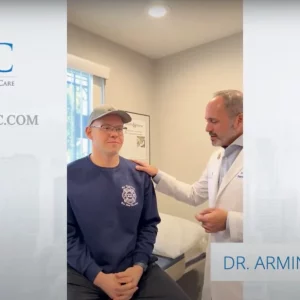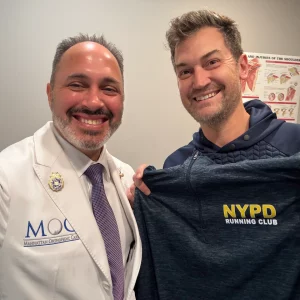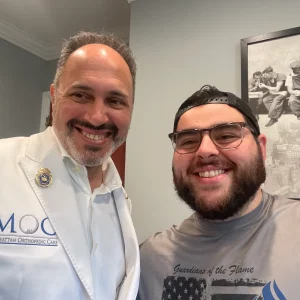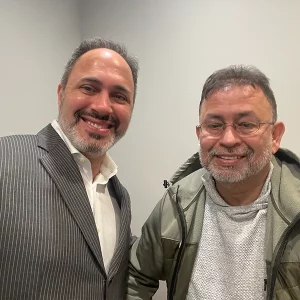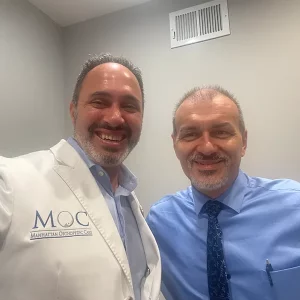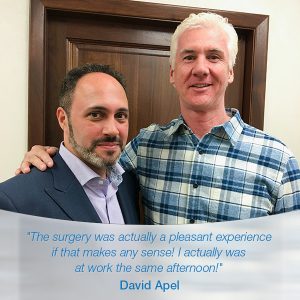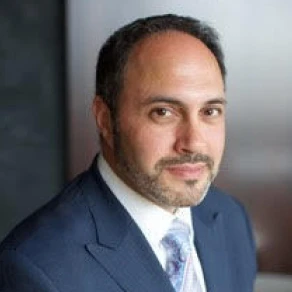Olecranon Fracture Could Have Ended Mike King’s Career

The Yankees pitcher Mike King’s olecranon crown fracture was an unusual injury, as it is rare in athletes of his age and experience. This injury is usually seen more often in younger individuals due to the amount of strain their bodies are put through during physical activity, such as playing sports. Thankfully, as reported in The American, Mike is well back on the road to recovery after receiving olecranon fracture treatment, even though things could have been much worse had he continued to ignore the signs of injury.
Strong Mental Game vs Injury Treatment and Care
King had likely been concealing pain for weeks before the diagnosis. According to Dr. Armin Tehrany, who has treated injuries like King’s, these types of elbow fractures are almost always caused by overuse and excessive physical strain. He notes that it’s much less common for fully developed athletes to suffer from these types of injuries, due to their increased awareness of proper training techniques and safety protocols.
Additionally, athletes are trained to have a strong mental game, which sometimes comes at the cost of seeking help when what seems like an “insignificant” injury occurs. Dr. Tehrany always encourages athletes to err on the side of caution and to report any tenderness, aches or stiffness to their medical team to rule out any injury. This approach ensures the best treatment and contributes to their professional success and long-term quality of life.
Olecranon Fracture Symptoms
Symptoms of an olecranon crown fracture include swelling and bruising at the elbow, tenderness to touch, pain when bending or straightening the arm, a limited range of motion, numbness, and tingling in the forearm. Elbow or olecranon fracture types can be divided into three categories: undisplaced fractures that may not require treatment; displaced fractures which involve broken fragments that need to be put back together; and comminuted fractures that involve more than two fractured pieces. Treatment for displaced fractures typically entails repositioning and holding the fragments together with plates or screws, while comminuted fractures may require surgery to reconstruct the bone.
UCL Tear vs Olecranon Crown Fracture Recovery
While the olecranon crown fracture or the “Mike King Injury” is indeed a rarity among professional athletes, it serves as a reminder that proper treatment and care should be taken seriously whenever pain or discomfort strikes an athlete of any level. A more common injury among athletes is UCL tears (ulnar collateral ligament tears) which often require Tommy John surgery and up to 18 months of recovery! Whereas olecranon fracture recovery, as seen in Mike’s case, can take anywhere from six to eight months post-surgery recover.
Contact Dr. Tehrany at Manhattan Orthopedic Care if you are in the Manhattan or Staten Island area, should you have any concerns regarding current or past injuries. He is NYC’s top-rated orthopedic surgeon!















